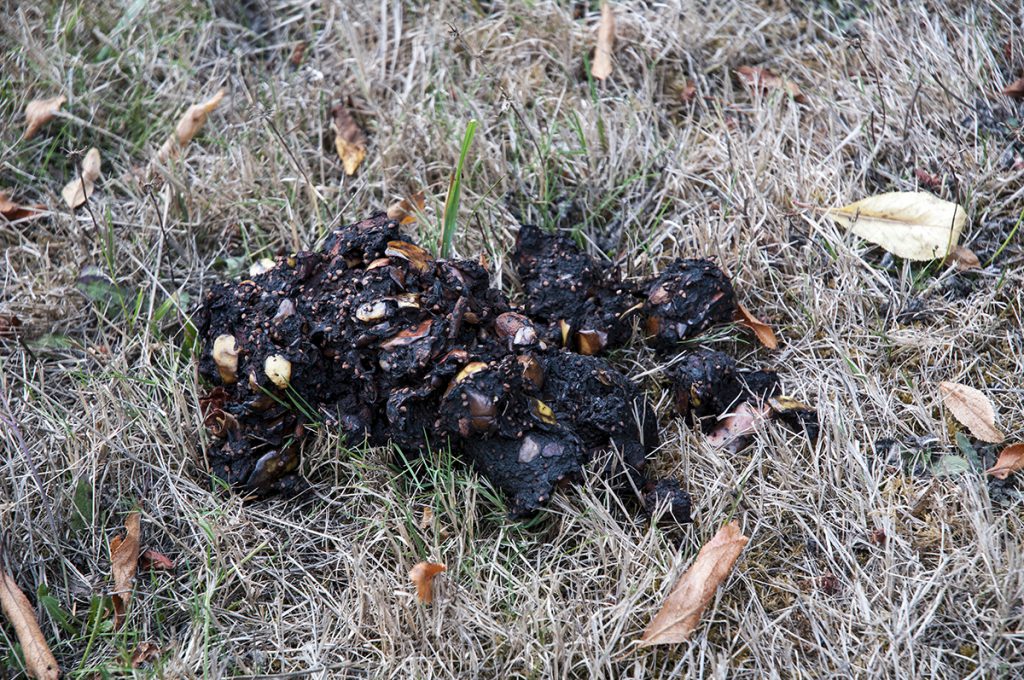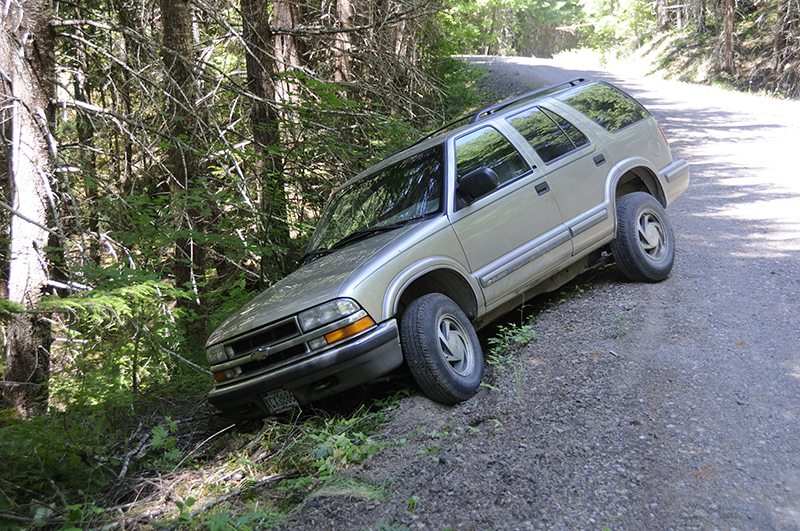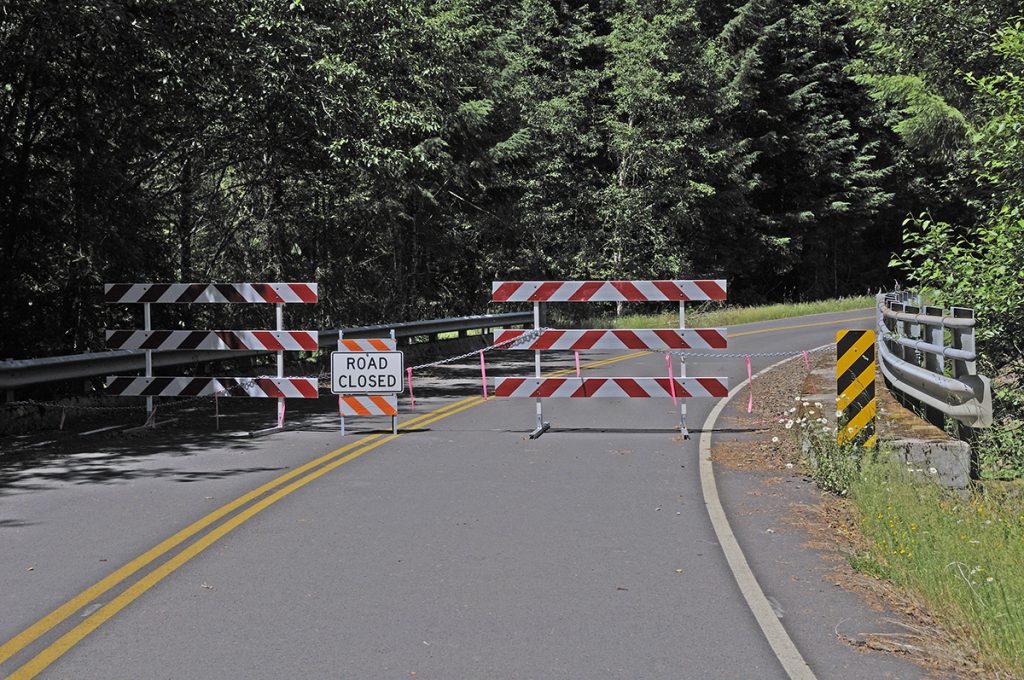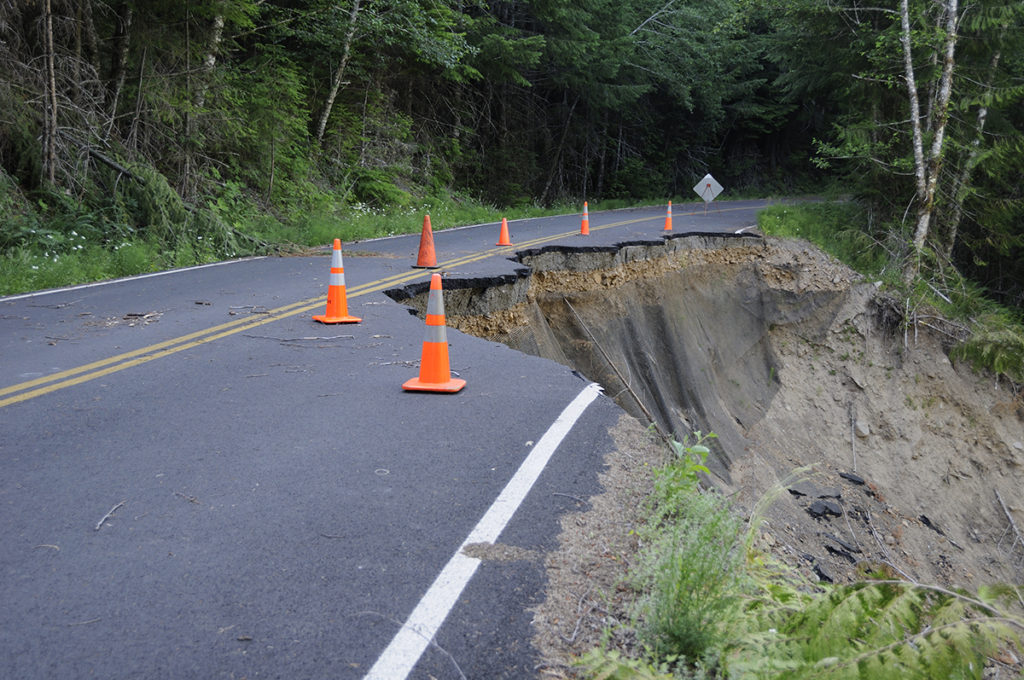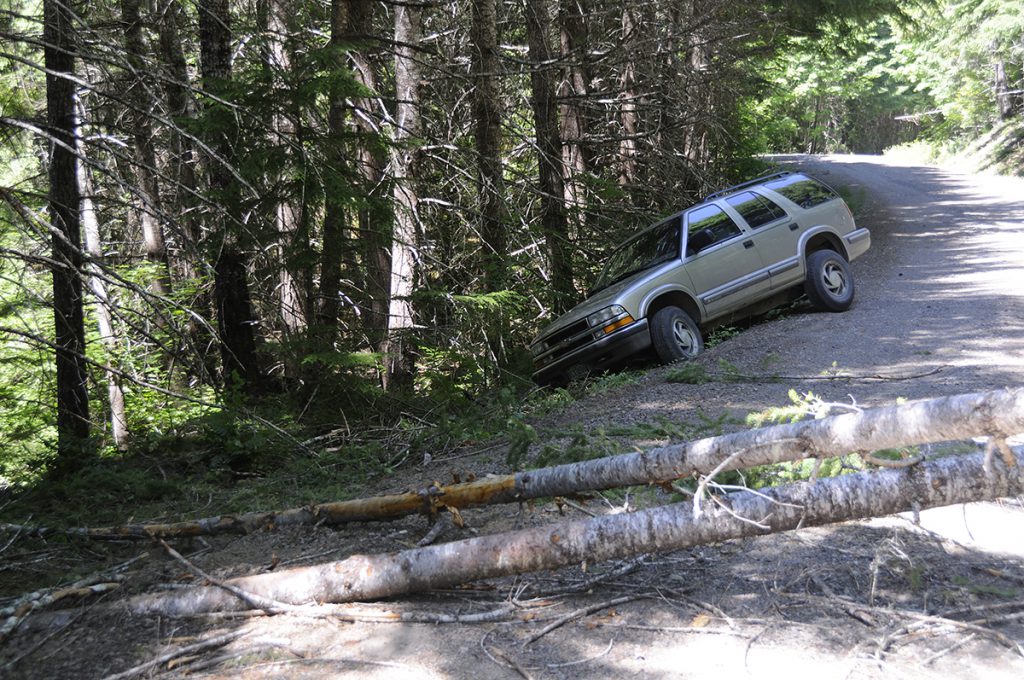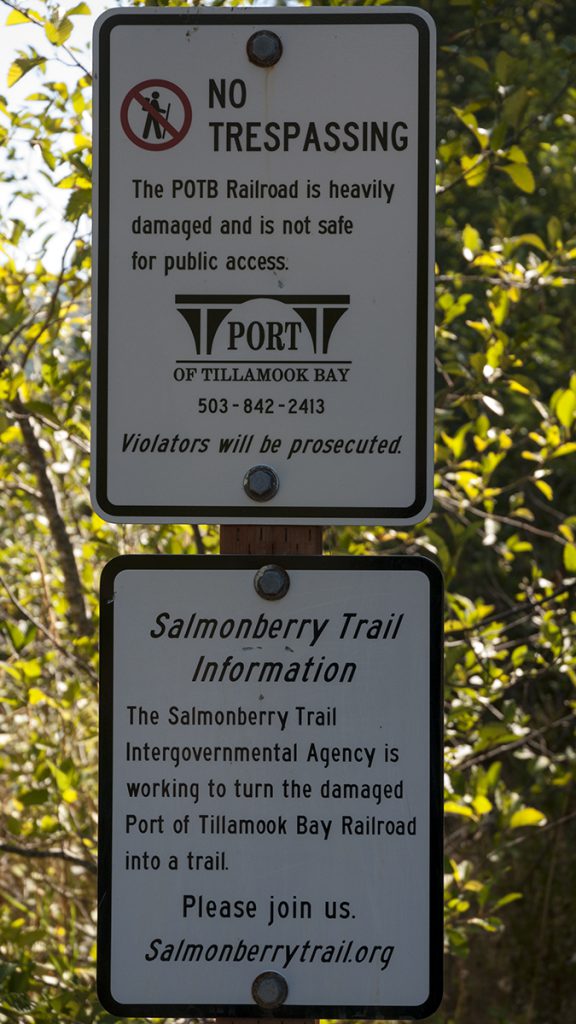I remember my first Jeep.
We… my wife and new born boy child… lived in Portland during the early 1970’s… NE 47th and Wisteria… I owned a 1966 Chevelle Super Sport… “four on the floor” and all the cockpit instrumentation of a jet airliner. I kept it garaged at night. During a home remodel session… electricians needed access to the electrical panel in the garage so that night the car was parked on the street in front of the house. The next morning it was gone.
Two weeks later city police found it… trashed… in a secluded spot in the west hills of Portland. “Trashed” really doesn’t do justice to describe its condition. There was nothing of value on or in the car… the hulk that was left looked like it had been run over by a bulldozer. I needed a new car.
I wanted a 4WD jeep.
While growing up I had access to 4WD rigs. My dad had collected several army 4WD rigs of various sizes to supplement his logging operation… he was an experienced backyard mechanic as were most men in his generation and occupation. When I was old enough to want a car of my own, he pointed at one of the junk cars in the backyard and said: “Take it completely apart and put it back together. Then we’ll discuss your need for a car.”
I wanted a jeep… I owned several other cars first… hand-me-downs… no jeeps.
When the insurance settlement for the Chevelle arrived, I began jeep shopping.
Dad was in town to visit so we started down the list of newspaper advertisements. I found an interesting modified jeep and made an offer… when the dealer found out I lived in town he balked… said the jeep wouldn’t pass DEQ inspection… he wouldn’t sell it to me.
I bought a jeep pickup from a private party… buyer beware… a 1965 Jeep Gladiator J 300 half ton… used and abused. I drove it around the block… shifted it through all the gears… 4WD included… it tended to jump out of second gear… a common complaint about a jeep… I didn’t spend much time in second gear, so I didn’t worry much. The jeep had been used to haul a camper in the box… the previous owner cut access panels for storage in the side of the box… welded the pieces back eventually… the jeep was rough in appearance, but it appealed to me and the price was right.
Dad suggested I bring the jeep down to the ranch where we would give it a proper inaugural lube job. He removed the lube fill plug and checked the oil level in the front differential gear box… no oil in reach of his finger and he could feel grit. We pulled the inspection plate and found the reason why. The ring gear had no teeth… polished clean… the pinion gear needed replacement too… all the debris fell to the bottom of the case which explained the grit.
After we replaced the damaged differential gears, we discovered the gear problem migrated to the transfer case… we replaced several gears there… The jeep still jumped out of second gear, so I suspected damage to the tranny as well… the tranny gears looked in good shape… so maybe not being able to maintain second gear fit the common complaint. We surmised that the previous owner must have shifted into 4WD when he bought the rig and left it there… eventually beating the gear train into silence.
The jeep was not a family vehicle… unsuitable for two adults and a child… it was my work car and play car… several years later the engine disintegrated and was pronounced permanently dead. The jeep retired to the backyard for the next 40 years and became a “parts” car for other projects. The tranny and transfer case were sold off to someone who needed to fix their rig. The jeep collected rust, moss… more character.
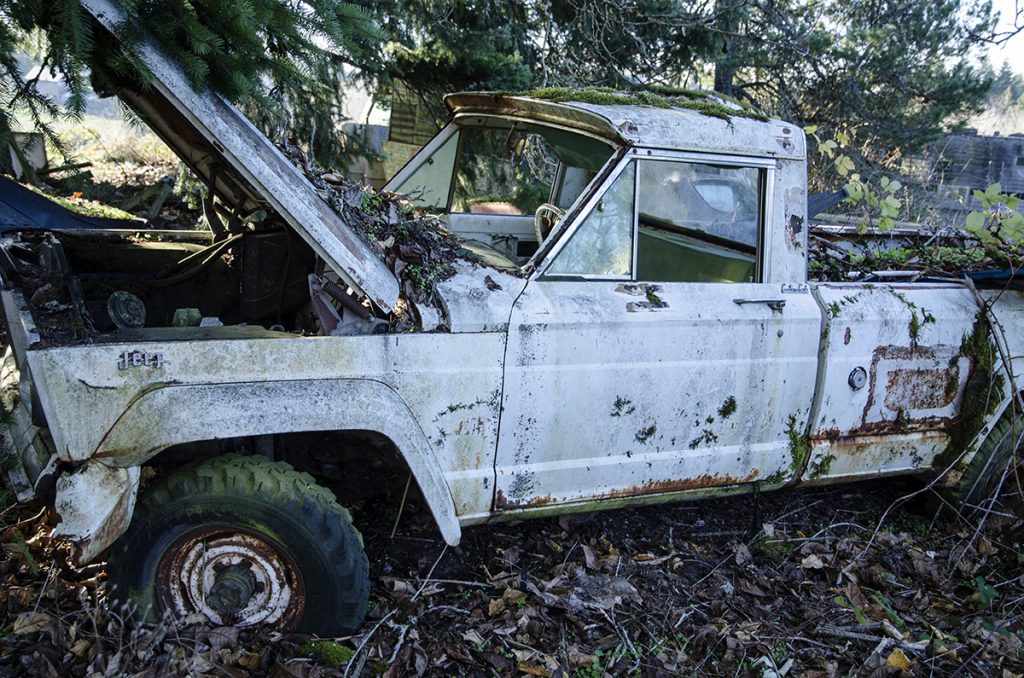
My son thinks it is worthy of resurrection, so it has joined Grandpa’s Jeep in the lineup… my son’s jeep… my jeep… Grandpa’s jeep… three generations of jeep drivers.
We have a suitable engine replacement… all we need is a tranny and transfer case.
Stayed tuned for the adventure.
Story and Photo ByLarry


